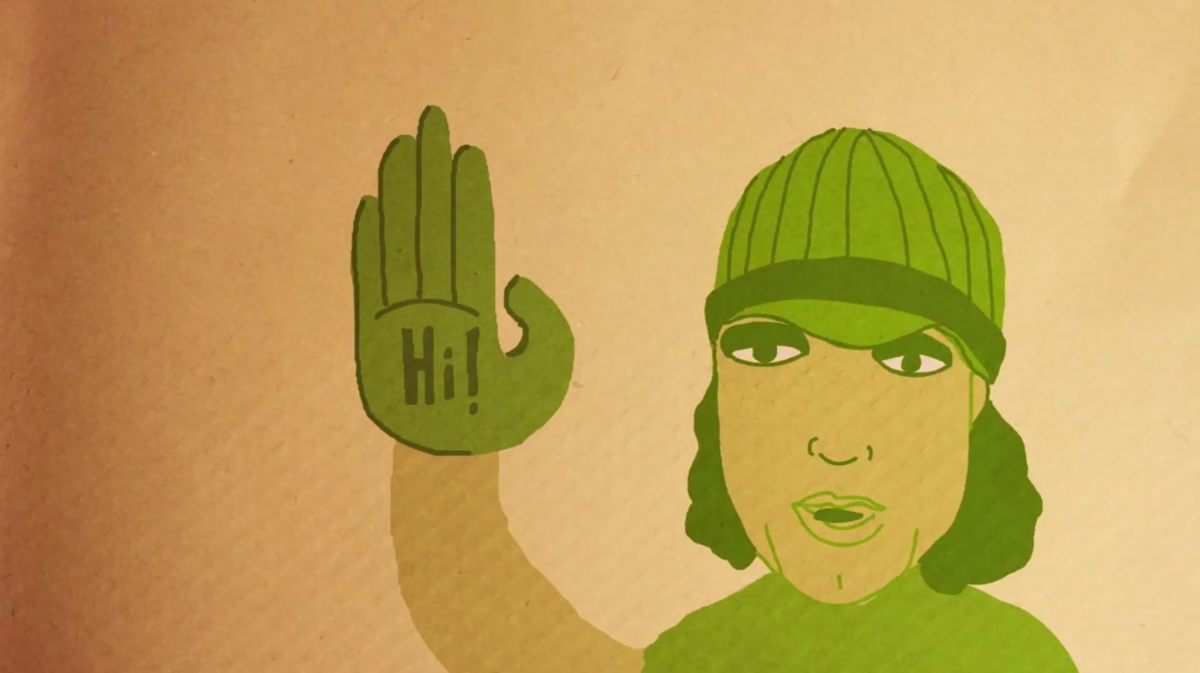Written by Denise Miller, Firesteel Advocacy Coordinator
Homelessness affects thousands of Washington families, including more than 30,000 schoolchildren who don’t have a stable home in which to do their homework. This problem doesn’t get much media coverage, and is largely invisible to many community members. To build awareness, Seattle University created the Film & Family Homelessness Project and invited six Seattle-area filmmakers to tell the story of family homelessness. The filmmakers, working with Seattle University students and staff, created four animated films that are beautiful, moving and educational.
Families who have experience living with poverty and homelessness, as well as community partners including the YWCA, shared their insights with the filmmakers. It occurred to me that participating in this project must have been a learning process for the filmmakers, so I invited them to share lessons they came away with. Read their thoughtful responses, and watch the American Refugees films.
Drew Christie
co-director and animator of “The Beast Inside”
“One thing I learned in particular is that the problem of homelessness isn’t as easy as just telling someone to ‘go get a job.’ For someone like our subject, Tilawn, getting a job was something he wanted to do and was refused. Institutional racism, bigotry, misunderstandings and fear led to Tilawn being shut out of the job market, leaving him with very few options for sustaining himself at the most basic level. His compassion and thoughtfulness for others seems to be a buoy that keeps him going, which is really the most important thing I learned from working on this project.”
Told through the power of spoken word rap and illustrated with hand-drawn animations and a muted warm color palette, a teen in a homeless family describes his challenges and celebrates the triumph of his creative self.
Neely Goniodsky
director, writer and animator of “The Smiths”
“Family homelessness is a very complex issue. It requires many social components to change and readjust for the current situation to improve. As I understand, there is a discrepancy between rent costs and wages, as well as many other complications which cannot be resolved in a day.
“Due to the complexity of the problem, I think that it’s crucial that we raise awareness, and develop understanding in our community. This issue needs much more attention than it receives right now — otherwise nothing will change.”
Hand-drawn animation, digital cutouts, and paintings are used to tell this heartwarming story about how a family falls into homelessness, and then is able to move out of it with the help of a compassionate, supportive community.
Brian Cunningham
student fellow with “Super Dads” and “Home for Sale”
“Working on and being exposed to the films pushed the subject of family homelessness to the front of my consciousness. Family homelessness is often out of sight, out of mind. By creating a reflective view into the lives of a few homeless families, these films are working to change that.”
Using a kaleidoscope of real stories to create an overarching storyline, fathers and children share their worries, feelings, challenges and how they overcame being homeless using stop motion animated clay characters.
Imagine seeing glimpses of the family who once lived in the foreclosed home you’re touring and considering to buy. This powerful piece comes from its radio play nature and rich oil paintings that were physically layered to create the 30-plus animated images seen in the film.
Learn More
• All four films are available for free download on the American Refugees website, and the Seattle University Project on Family Homelessness has created an excellent discussion guide for community screenings.
• With support from the Gates Foundation, Seattle University has done significant work to raise community awareness about family homelessness. Learn about their:
Project on Family Homelessness
Faith & Family Homelessness Project
Film & Family Homelessness Project
• Read Firesteel blog posts written by Project on Family Homelessness staff about student homelessness and dehumanization of people experiencing homelessness.
